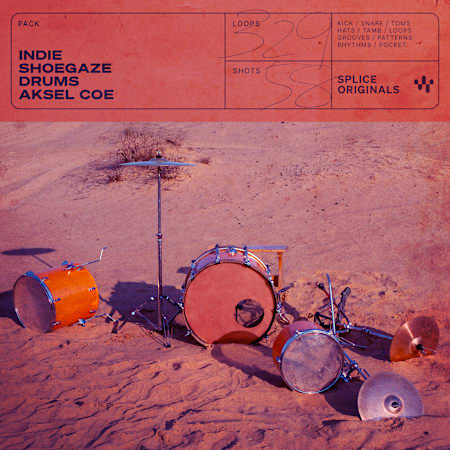/f3mrgy1gazxy5aojimft)
Photo by Hồ Thành
Shoegaze is often defined by its swirling guitars, ethereal vocals, and an enveloping sense of atmosphere. But beneath the haze, the drums play an essential — and often underappreciated — role in creating the genre’s signature sound. While the guitars may grab the listener’s attention, it’s the drum patterns, tones, and production techniques that subtly shape the immersive experience.
Rhythm in the Reverie
In most rock-based genres, drums lead the charge, driving the song forward with punchy kicks and snappy snares. Shoegaze flips this expectation on its head. Instead of commanding the spotlight, the drums blend into the overall texture, creating a hypnotic pulse that supports the dreamy, cascading soundscape.
One classic example is My Bloody Valentine’s Loveless. Colm Ó Cíosóig’s drumming feels less like a backbone and more like an undercurrent, with muffled snares and cymbals melting into the wall of guitars. This approach makes the rhythmic drive feel distant — almost as if it's emerging from within the mix rather than sitting on top of it.
Production Choices: Muffled, Drenched, and Distorted
A key component of shoegaze drumming lies in production. Engineers often heavily compress the drum tracks, giving the kick and snare a flattened, smothered sound that tucks neatly into the mix. Reverb and delay aren’t just reserved for guitars and vocals — they’re slathered on the drum kit too, creating a cavernous, echoing effect.
Bands like Slowdive and Ride take this even further, drenching snare hits and hi-hats in spacious reverb. The result? Drums that sound like they’re playing from the back of a vast hall, reinforcing the genre’s feeling of distance and introspection.
/wltadks5lbnqfpzzucdw)
Photo by Cottonbro Studio
Patterns and Playstyle: Keeping It Simple
Another defining trait of shoegaze drumming is its minimalistic approach. Drummers often lean on steady, repetitive beats rather than flashy fills or dynamic flourishes. This steadiness acts as a grounding force, keeping the song anchored while the guitars and vocals float freely.
Think of Ride’s Vapour Trail: Loz Colbert holds a steady, almost motorik beat, allowing the layered strings and guitar swells to spiral outward. It’s a reminder that in shoegaze, the drums don’t need to be busy — they need to be consistent.
/l8gn3erqoj1wsh4nq06w)
Photo by Cottonbro Studio
Get the Sound: Indie Shoegaze Drums by Aksel Coe
Shoegaze drums may not always stand out, but that’s exactly the point. They’re the hidden architects behind the wall of sound — a steady, atmospheric force that keeps everything together without demanding attention. The next time you sink into a shoegaze track, listen for the heartbeat beneath the haze. It’s probably doing more work than you realize.
If you’re inspired to capture that immersive, atmospheric drum sound in your own productions, check out Indie Shoegaze Drums: Aksel Coe. Lush, spacious, and soaked with vibe, this collection embodies the thick, atmospheric texture synonymous with shoegaze. With a focus on soft nuances, shimmering hi-hats, and deep, thundering bass, Nashville-based drummer Aksel Coe delivers a dreamy collection of samples essential to the genre.
Coe — a Nashville-based drummer/engineer — has played on Platinum and Grammy award-winning records and worked with artists like ROLE MODEL, Sasha Alex Sloan, Lizzy McAlpine, K. Flay, Jesse Welles, Joshua Bassett, and others. His unique touch and attention to vibe make this pack a must-have for anyone looking to build their own shoegaze soundscape.


